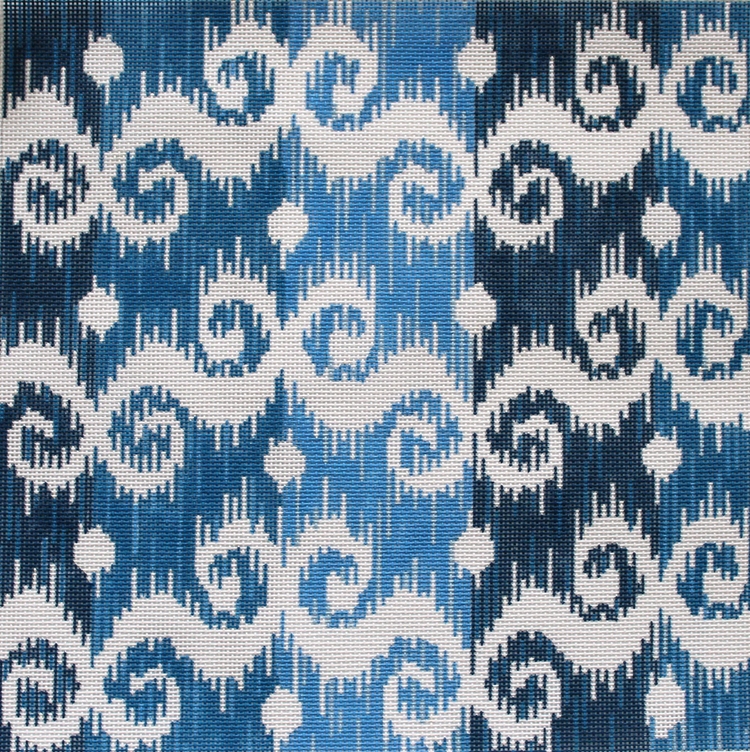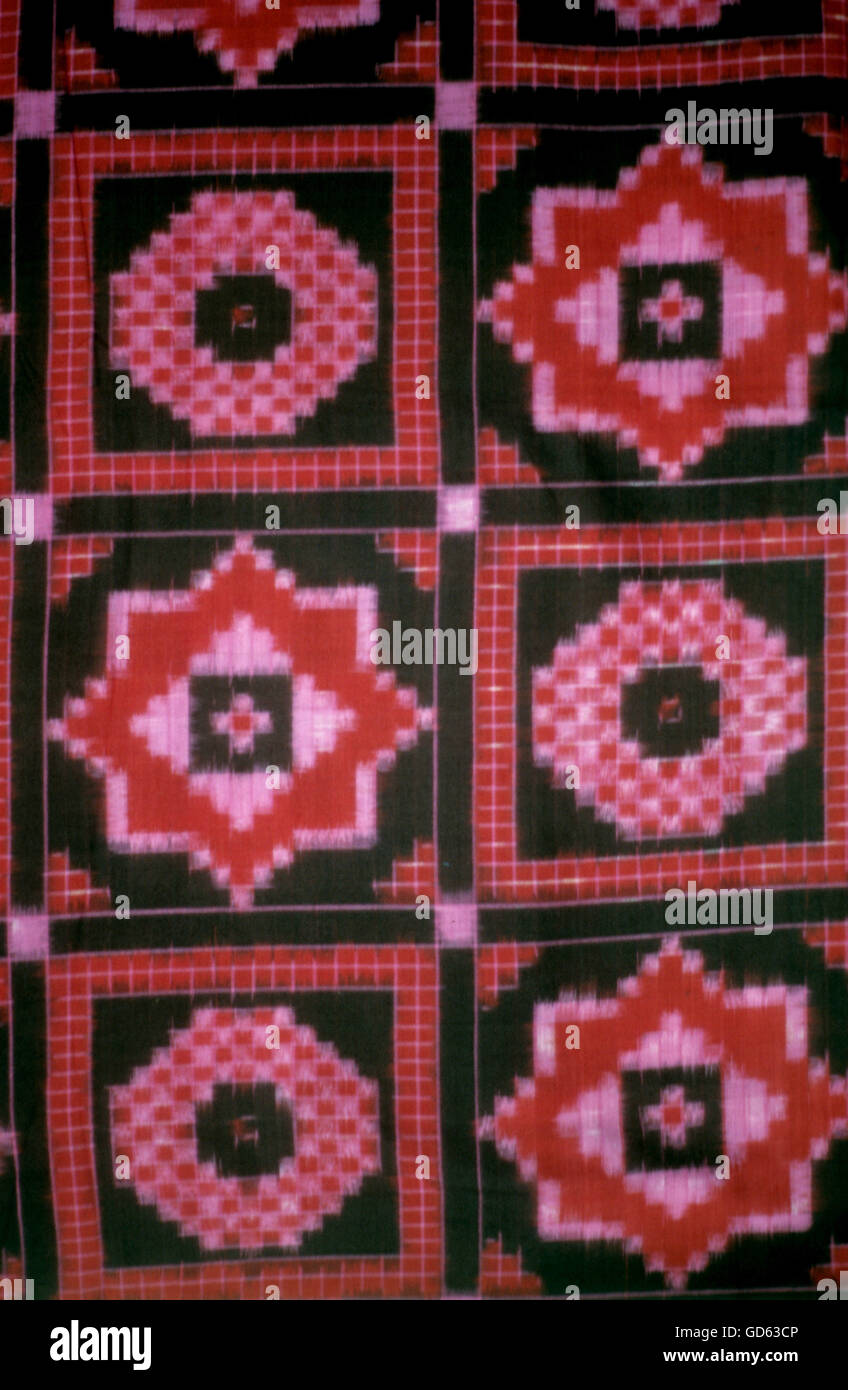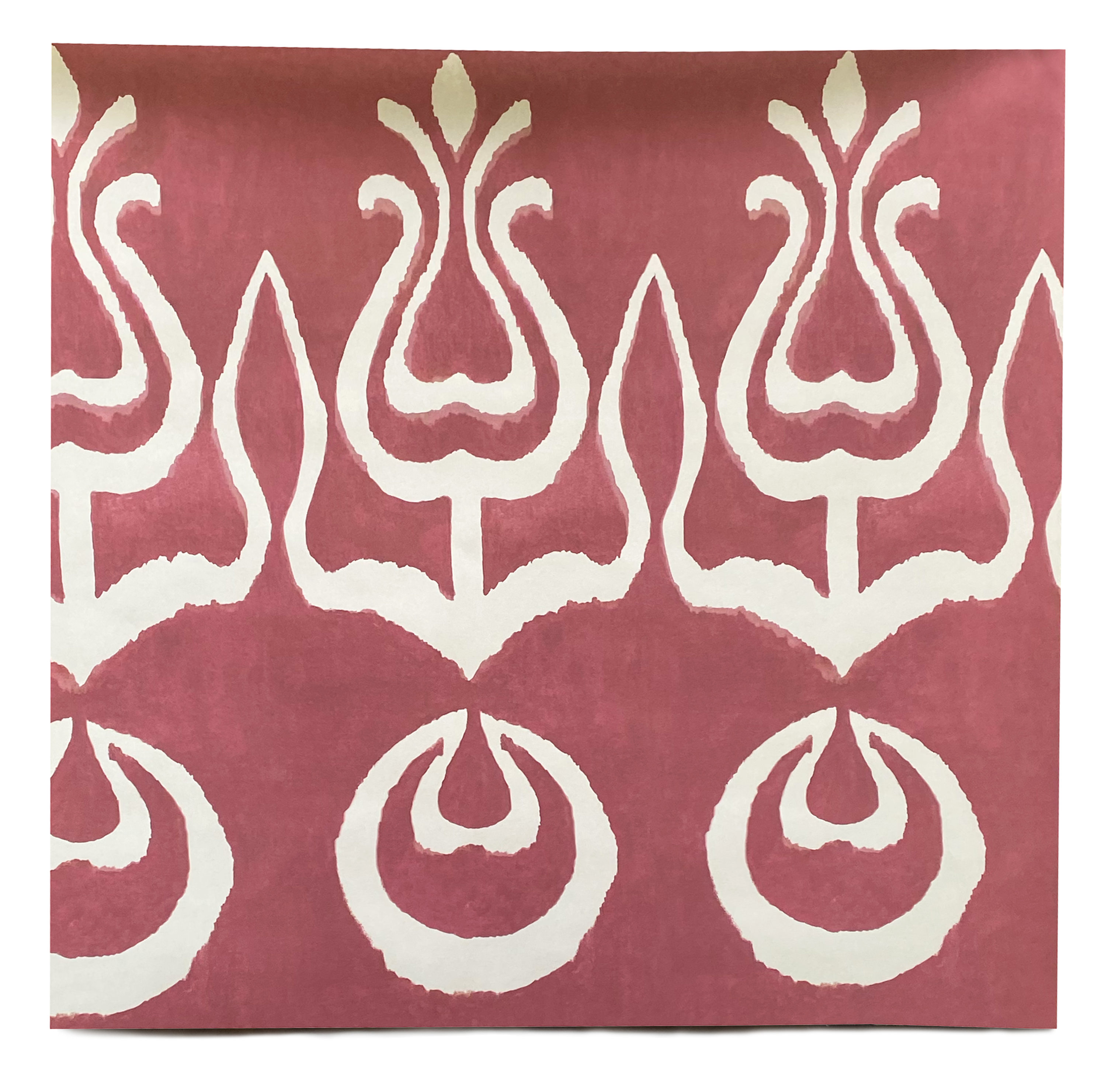
Pin su Ikat
- İkat Desen Ne Demek? - Kapsamlı Bilgi Rehberi İkat Kumaş Yazar Editör 09 Nis İÇİNDEKİLER 1 İkat Kumaş Genel Özellikleri Nedir? 2 İkat Kumaş Nedir? 2.1 İkat Ne Demek? 2.2 İkat Desen Ne Demek? 3 İkat Kumaşın Tarihi 3.1 Günümüzde İkat Kumaş 4 İkat Kumaş ile Batik Kumaş Arasındaki Fark Nedir? 5 İkat Kumaş Nasıl Yapılır?
Kain Tenun Ikat Khas Kota Kediri
İngilizce 0 / 5.000 Çeviri Google'ın ücretsiz olarak sunulan hizmeti, İngilizce ile 100'den fazla dil arasında kelime, ifade ve web sayfalarını anında çevirebilir.

Diving into Ikat Nuts about Needlepoint
Ikat is a dyeing method used for patterning textiles. It uses another technique called resist dyeing on the yarns before fabric is dyed and weaved. One of the most noticeable and impressive aesthetics surrounding this ikat pattern is the seeming blurriness in the design itself, which is what makes it so sought-out by textile collectors.

Ikat Fabric, Fabric Art, Kurta Designs Women, Blouse Designs, Sari
Ikat: The Essential Handbook to Weaving Resist-Dyed Cloth Reviewed by Wendy Weiss "Ikat is not a technique for the faint of heart," says the author, Mary Zicafoose. Writing a how-to book on ikat is even more daring. Very few texts exist on the art and practice of warp and weft resist binding, and you will find them listed at the back of the text.

Ikat Ne Kadar Kusursuz Desen Geleneksel Süs Geometrik Arka Plan Stok
Ikat Weaving. The term "ikat" refers to the dyeing technique used to create the designs on the fabric. It is a resist dyeing process, where bundles of yarn are tightly wrapped together and then dyed as many times as is required to create the desired pattern. This dyeing process is different because the yarns are dyed before being woven into.

Pin on Ikat
There are three main types of Ikat:-. 1) Warp Ikat- Whereby the dyeing process is applied to the warp. 2) Weft Ikat- Whereby the weft threads are dye. 3) Double Ikat- The most elaborate form.

ikat design tapijt Archieven Koreman
Ikat is one of the most ancient and important traditional textile dyeing techniques connecting East and West, and in recent years has been growing in recognition. Ikat has a distinctive look with shaggy edges and shifted skinny lines. Commercially printed ikat-inspired designs are sold for such items as curtains and cushion covers as people enjoy the aesthetic of ikat in their living rooms.

Blue Ikat Table Manners
ikat ne demek? İpliklerin boyanmak istenmeyen bölümlerinin ağaç kabukları, yapraklar ya da balmumuyla sarılarak boyaya batırılması yoluyla uygulanan, en çok da Endonezya'da (özellikle Sumatra'da), Siyam'da, Malaya'da ve Kamboçya'da yaygın olan bir tür boyama tekniği, a. bk. batik, plangi. ika Yapma, etme. (Vuku'. dan) Vuku buldurmak.

Blue Ikat Table Manners
Mohanty BC, Krishna K (1974) Ikat fabrics of Odisha and Andhra Pradesh. Calico Museum of Textiles, New Delhi Mohapatra N (2014) A management approach to Sambalpuri sari with a sign of cultural facets.

I finally found the perfect name for creating ikatlike effects using
Ikat (literally "to bind" in Indonesian languages) is a dyeing technique from Indonesia used to pattern textiles that employs resist dyeing on the yarns prior to dyeing and weaving the fabric. The term is also used to refer to related and unrelated traditions in other cultures.

Ikat hires stock photography and images Alamy
double ikat fabric from Patola India. From ancient trade ties to a fashion statement across 30 countries, Ikat is a really fascinating weave, which universally symbolizes wealth, power and prestige. A shared textile art especially between India and Indonesia. A visually beautiful and artistic, textile dyeing and weaving technique involves.

Ikat Ouzbek Art Textile, Textile Artists, Tissu Ikat, Rennes France
The word 'ikat' of Malaysian-Indonesian roots means "to bind". For Uzbeks, ikat-making is an ethereal activity they honour by calling it "tying a cloud". The country, landlocked and composed of plentiful mountainous terrain, conserved this art following the end of the Silk Road.

Indonesia Traditional Hd Transparent, Geometric Figure Of Traditional
Ikat Textile Fragment. The striped textiles of Yemen were famous throughout the Islamic world. They were made in the resist-dye ikat technique to form patterns of chevrons and diamonds. This textile fragment consists of a plain-weave resist-dyed cotton foundation with simple brocaded decoration. Groups of three perpendicular stripes alternating.

IKAT RED ARJUMANDSWORLD ARJUMANDSWORLD
The term ikat is derived from the Malay word mengikat, meaning "to tie"—a reference to the distinctive technique used to create them, a complex process that involves tying strips of fiber around the unwoven threads of a textile before dyeing them so as to create rich and intricate patterns in the resulting fabric.Although united by a common technique, ikat textiles are astonishingly diverse.

Uzbek Ikat Panel 140 x 178 cm / 4'5'' x 2'5'' Ikat, Uzbek, Fabric
Double Ikat is a technique in which both warp and the weft are resist-dyed prior to weaving. Obviously it is the most difficult to make and the most expensive. Double ikat is only produced in three countries: India, Japan and Indonesia. The double ikat made in Patan, Gujarat in India is the most complicated.

Ikat textile hires stock photography and images Alamy
Ikat reached the Western world in the 20th century via Dutch traders in Southeast Asia and travelers along the Silk Road (the region that is now Uzbekistan was another hub for the technique,.